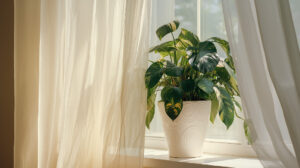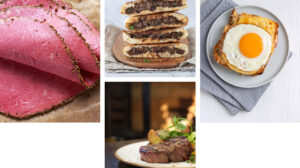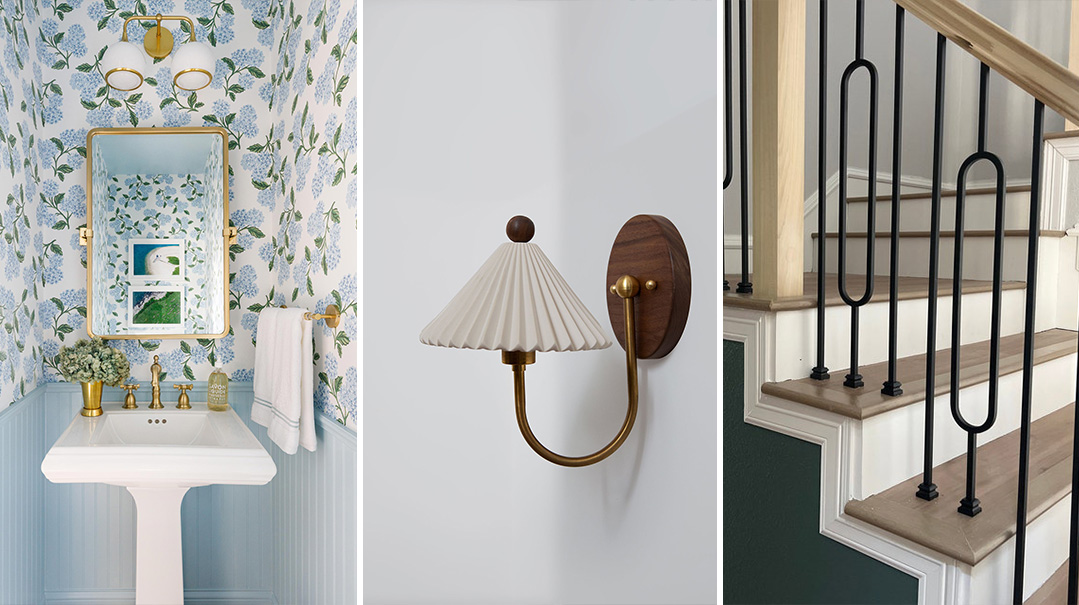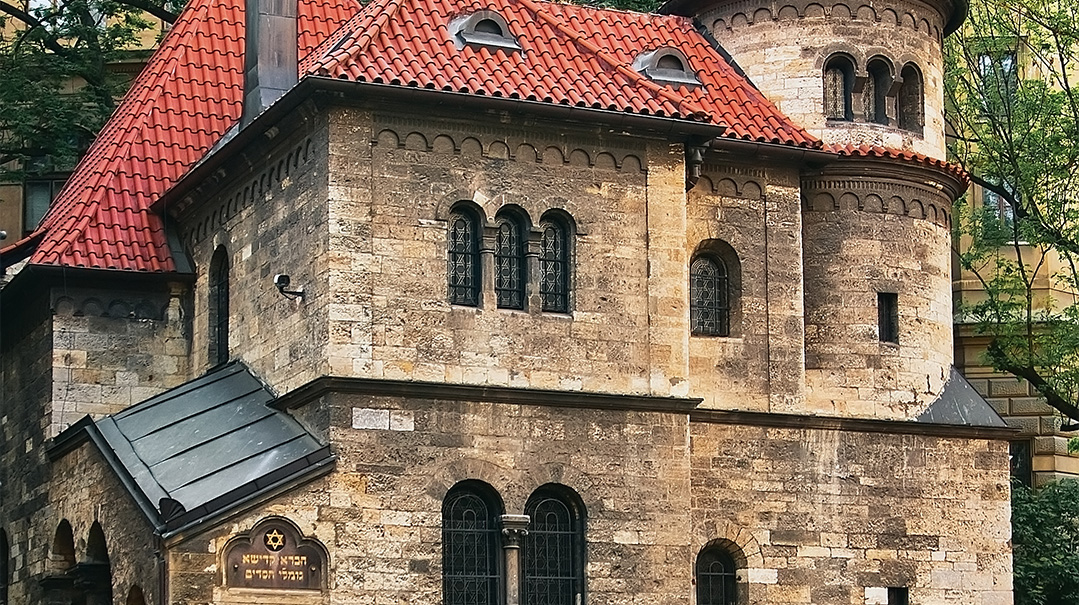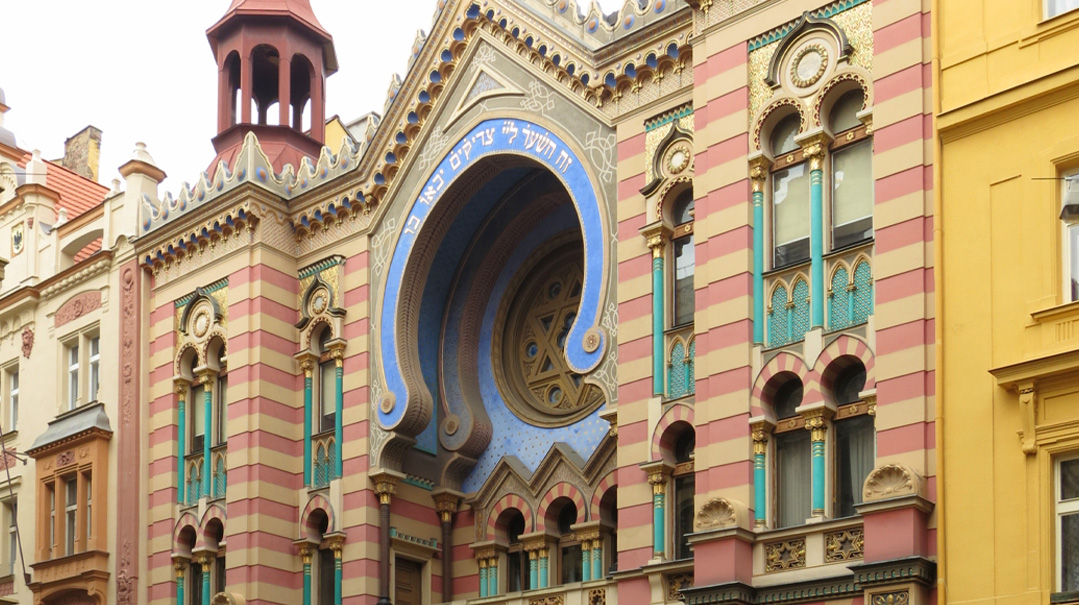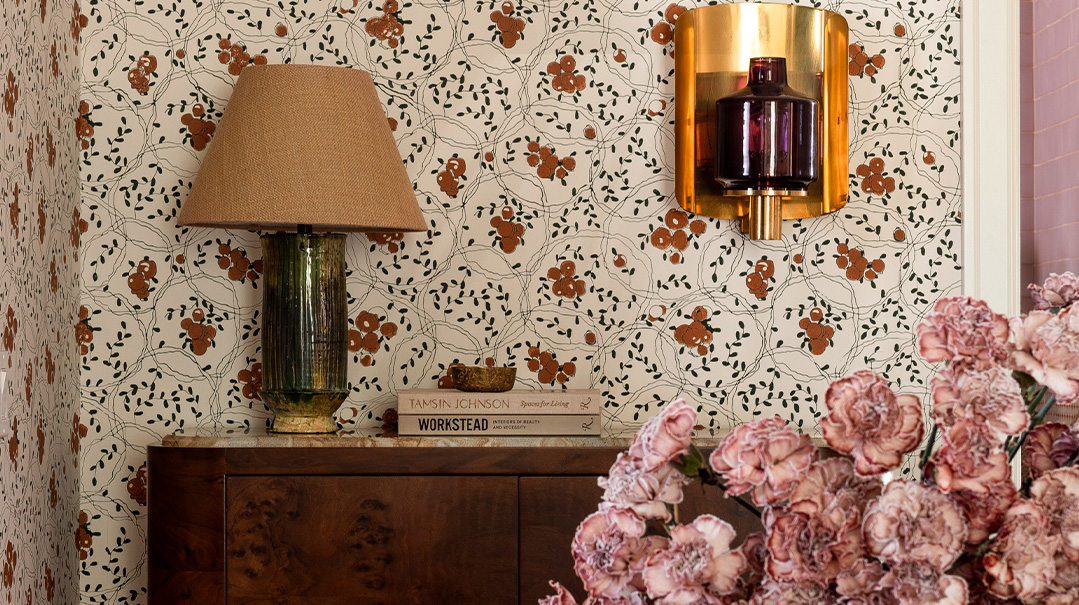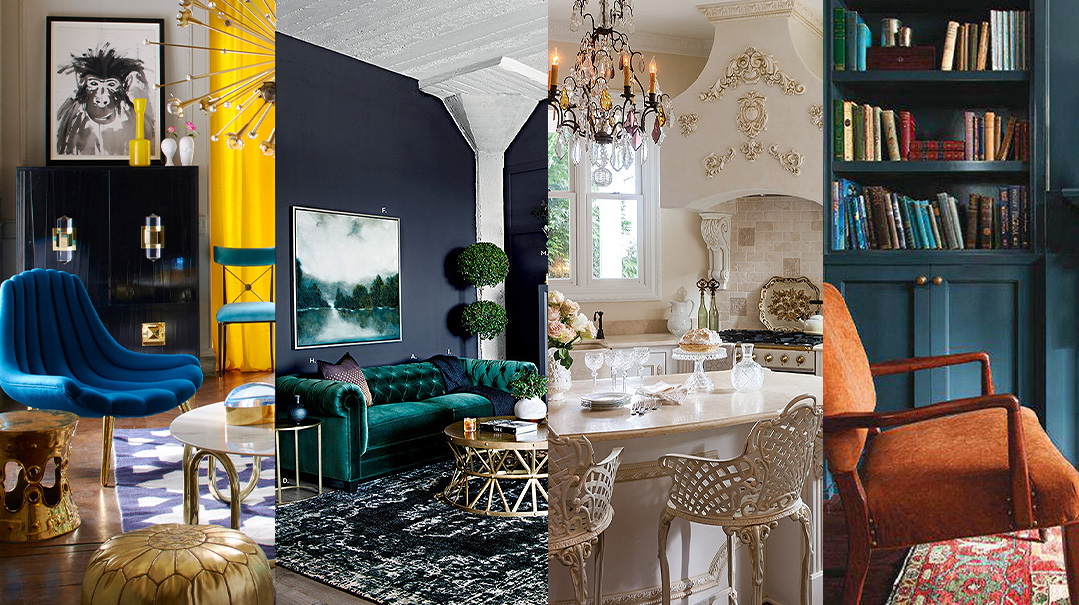Design Dictionary
| January 8, 2020
O
kay… So you know nothing about interior design, or you know everything and this is a review. Either way, what’s a dialogue that doesn’t begin with description of the dialect at hand? Here is a design dictionary that breaks down a few of the common interior design styles (replete with some narrative, of course).
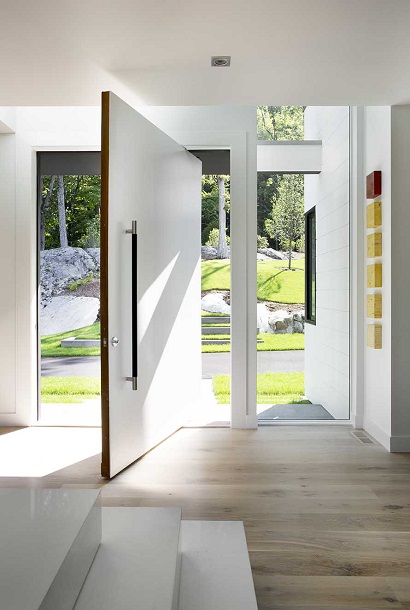
The term MODERN DESIGN is often used to loosely describe “anything that doesn’t have my Hungarian grandmother’s design influence.” It’s a broad term, true, but modern distinctly refers to a home with clean lines and intentional simplicity. A subsidiary of modern design is minimalist. What comes to mind for many of us is a starkness or a coldness. When executed properly, however, this is hardly the case. Its signature style is more focused on fuss-free elegance than on museum-style sterility. Modern decor has a refinement, and the furniture is often at the crossroads between functionality and sophistication._
Execution: Print free fabric, accessories that are purposeful as well as decorative. Material soften include metal, glass, and steel. The key is being able to fill a space with the bare essentials yet still provide impact and drama.

TRADITIONAL is almost my personal favorite — maybe because it’s the misunderstood underdog in our community, maybe because most interior design styles are rooted in this one, or maybe because it’s a lot more versatile than you’d think.
Execution: The key to decorating this category successfully is suffusing it with pieces that have a sense of humor: playful colors or textures on a classic Louis XIV chair are timeless yet so very cool; a 2019 sconce hanging alongside a baroque mirror feels very intentional; and a vintage rug placed under a mid-century chair in a light pink boiled wool gives me goose bumps. There are often elaborate details on the furniture frames, and fabrics may be patterned and made of silk or brocade. The depth and layering involved in successful traditional design requires fortitude and foresight, but hey, I didn’t say I was subjective at all.
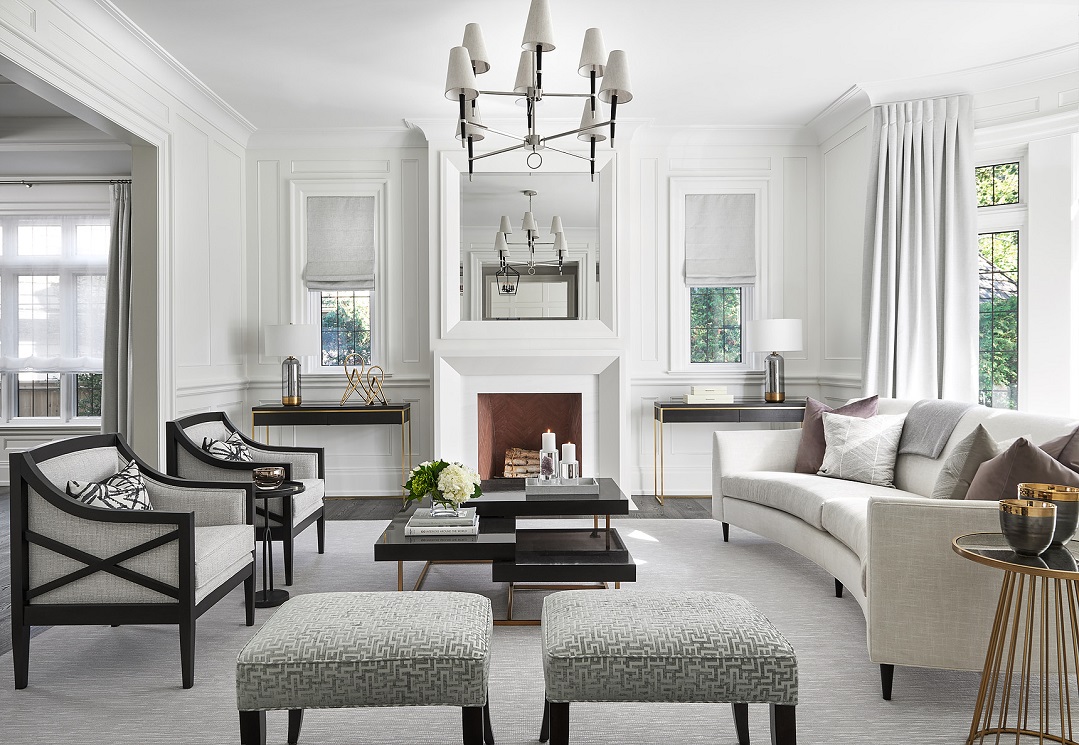
TRANSITIONAL is the workhorse category in most homes I’m seeing now. A trademark of transitional styling is the harmonious blend of modern and traditional decor, resulting in a homogeneous feel that is at once alluring yet surprising. Color palettes may borrow from modern decor with a warmer ambiance, but furniture and accessories often have a traditional feel.
Execution: Think gray and white with touches of navy and oxblood; sumptuous fabrics like velvet; and materials like marble, walnut, and brass. Modern materials like steel and glass may be tempered with plush, cushy furnishings.

The INDUSTRIAL category, as its name implies, derives loose inspiration from a warehouse or a loft. There’s an intentional unfinished feel to it, contributing to a super-laid back environment. Rustic design has similar architectural bones to industrial, without the modern furnishing.
Execution: Exposed brickwork, ductwork, or wood add character to industrial homes. Furniture is sparse, and results are most effective when high ceilings are part of the picture. Color scheme is mostly neutral with sculptures or art in bold colors and abstract design. Persian rugs are often layered.
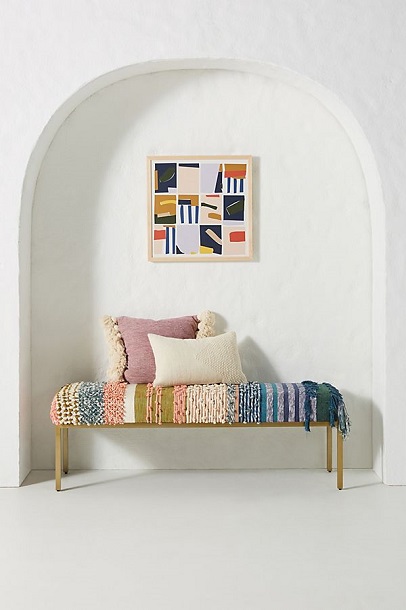
BOHEMIAN homes may showcase light fixtures and furnishings spanning many eras, and globally sourced rugs and accessories, feeling like a gallery to the homeowner’s world travels. Often, eclectic and bohemian design are thrust together, but I like to view eclecticism as bohemian’s older, more sophisticated sibling. Successful eclectic design uses bold tonal values, but with enough restraint that the eye has somewhere to rest. It’s not laissez-faire design: there is consistency in the shapes and thoughtfulness in the color scheme.
Execution: Cushy floor pillows in saturated hues; the juxtaposition of a glamorous chandelier with well-worn dining tables and chairs; and the undeniable attitude that as long as you love it, it works. Pieces have a one-of-a-kind feel, high-energy art is a staple. I love it for the options it gives to explore creative freedom and to think outside the box.
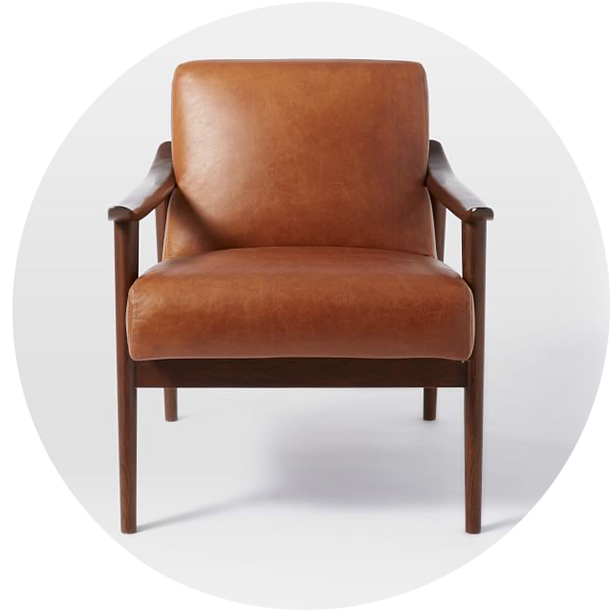
MIDCENTURY MODERN borrows from the ‘50s and ‘60s for a clean, Danish feel. Solid fabrics and fuss-free shapes make midcentury a prolific chameleon for a home with traditional bones. There’s a minimalist feel to it, with the added bonus that it often complements any decor.
Execution:Think an old, unrenovated hallway and a bench in honey oak — a simple way to update a dated space.
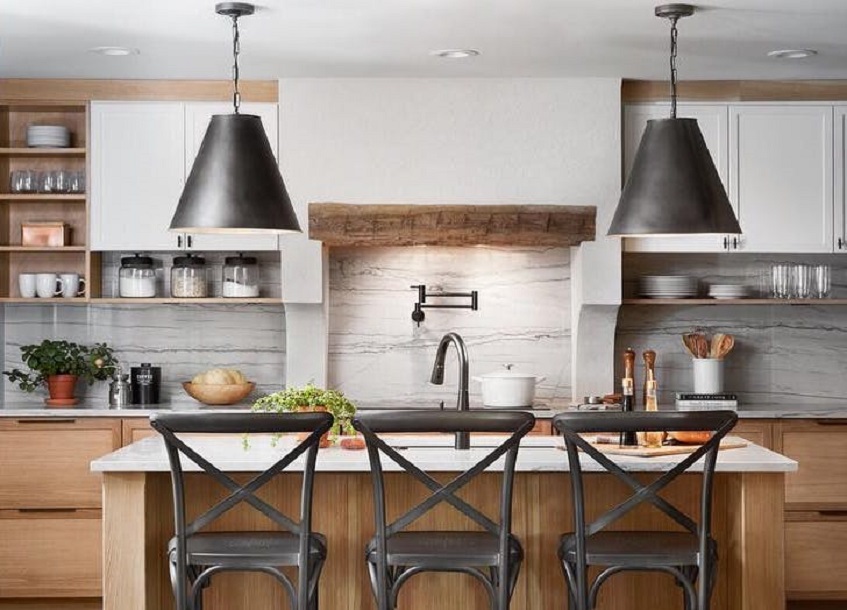
MODERN FARMHOUSE offers elevated rustic elements with luxurious and minimal touches. I love this one. The way I see it, modern farmhouse invites family gatherings.
Execution: Metals with patina, color scheme in warm tones, unpretentious natural stone, natural woods, English countryside woodwork and appliances.
By knowing the elements that you are consistently attracted to, you can make faster decisions with a more informed understanding of why you like what you like and which elements provide a balance between calming and inspired. Use these tools to garner inspiration from all the styles and categories out there to create a space that is perfect for your family.
(Originally featured in Family Room, Issue 001)
Oops! We could not locate your form.


